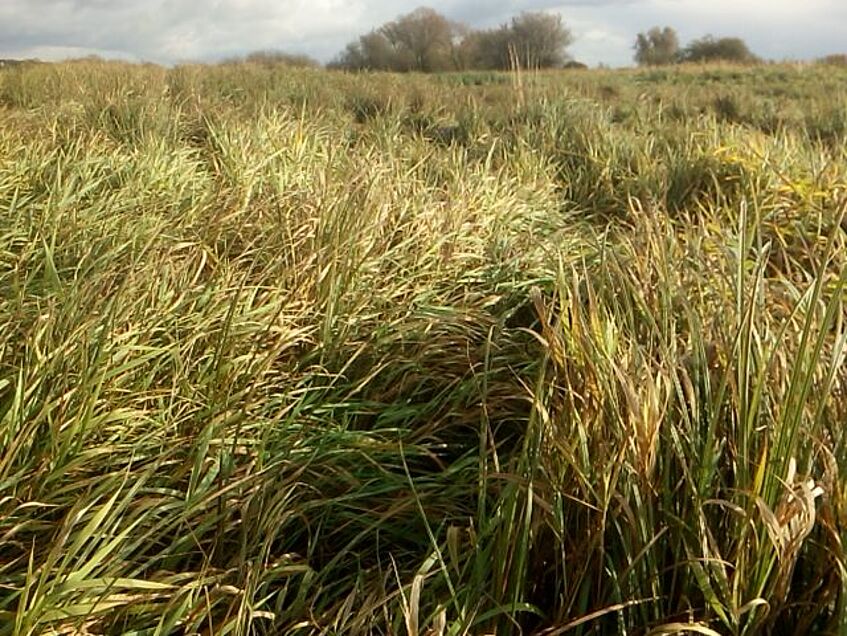PALUS - Potential of Paludiculture in Austria
Paludiculture
Paludiculture is the cultivation of wet peatlands. It includes agricultural and forestry use without disturbing the peat layer and aims to (re)store carbon while gently using the peatlands.
In our project we want to establish paludiculture pilot areas. In order to be able to do this, we need to localise the potential areas by mapping, introduce the project to landowners and cooperate with them and develop an action plan.
Why paludiculture?
Globally, peatlands are degrading due to agricultural and forestry use (drainage) as well as peat extraction. These usages lead to aeration of the peat and as a consequence, carbon enters as CO2 into the atmosphere. Flora and fauna suffer: typical mire vegetation and endemic species are disappearing and with them, the peatland loses its water filter and storage capacity, ground and surface water burden and soil subsidence occurs.
Paludiculture counteracts the degradation of a peatland, while at the same time using and protecting it. In order to be able to gently use a peatland and try to get its original capabilities back, it needs to be rewetted. A wet peatland can store carbon and serve as an agricultural or forestry area at the same time – which is only little explored in Austria so far.
Paludiculture is suitable for peat bogs and fens. Examples for biomass usage from a fen cultivation include thermal utilisation (reed), construction or insulation material, high grade wood or pasturing with water buffalos.
A peat bog provides sphagnum moss that can substitute peat as a raw material in horticultural growing media while not disturbing the peat layer and therefore, storing carbon and providing a habitat favourable for peatland flora and fauna.
Our project is funded by the European Agricultural Fund for Rural Development and the Austrian Federal Ministry of Agriculture, Forestry, Environment and Water Management.
Links:
www.paludiculture.uni-greifswald.de/de/projekte.php
www.gret-perg.ulaval.ca
www.imcg.net
www.igmoorschutz.at

(Foto: Jasmin Karer, 2016)

(Foto: Jasmin Karer, 2016)
